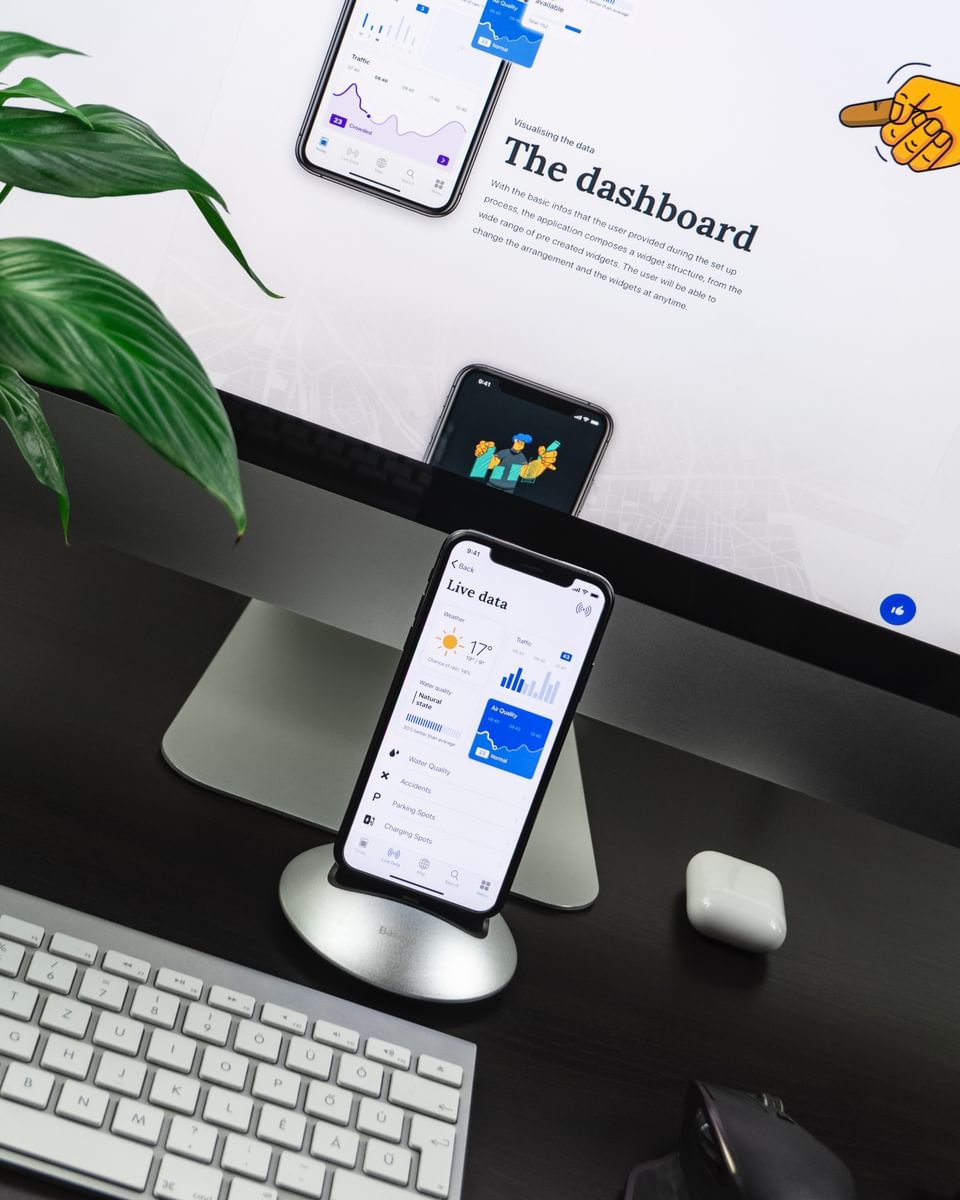Get in touch
Contact us to see how we can help your business today.
Customer Experience is about delivering what the customers need, when they need it, in the most profitable way possible. Technological innovations allow companies to deliver a CX like never before.

Customer Experience is about delivering what the customers need, when they need it, in the most profitable way possible. Technological innovations allow companies to deliver a CX like never before.
Before you focus on delivery, you’ve got to segment your audience. In marketing, we often segment based on demographics, behavior, etc. All of that is great – don’t stop. But to determine your digital CX strategy (and probably most any other strategy) – you’ve got to segment based on revenue generation. Hold tight…we’ll get to the tech buzzwords you’ve been waiting for in a jiffy.
Software-as-a-Service (SaaS) companies are nailing customer segmentation – this approach is native to their business model. Think about it – most software companies (Hubspot, Hulu, Amazon, etc) offer a free version…but if you want the upgrades which include premium service, you must pay. The more you pay, the better product and customer service you receive. I wonder if they know that they’ve ripped a page from the 80/20 playbook?
My esteemed 80/20 colleagues (and I mean esteemed – they’re a formidable crowd with resumes that trigger my imposter syndrome) will tell you that when it comes to CX, you’ve got to TREAT.THEM.DIFFERENTLY. So, after you segment your audience using 80/20, identify the whales that generate the most revenue (89% of it to be precise). Get ready to treat them exceptionally well and roll out the digital red carpet.
Digital CX strategy is hotter than ever. A recent study by Twilio found, “Almost all companies (95%) are seeking new ways of engaging customers as a result of COVID-19. 92% say transforming digital communications is extremely or very critical to address current business challenges.”
Here’s how to leverage technology to give your top B2B customers an experience that makes them need you, want you, love you. And in return, allow for our favorite thing: sustainable, profitable growth.
Before we dive in, there are some tech no-no’s when it comes to top accounts. The theme here is do not displace human interaction.
Don’t you dare provide customer service to top accounts with a chatbot. A chat portal with a real, live person? YES. An AI chatbot? No. Not until they can dream of electric sheep.
Your app/site should also not displace human contact. Your top customers deserve the convenience of an app with the dedication of real human interaction.
Further, for top accounts, do not automate your customer feedback with web surveys. They’re not personal nor insightful. Your top accounts deserve the time and space to be interviewed and heard.
Finally, as easy as it is to automate sales in your CRM, resist the urge for top accounts. They deserve face-time (even if it’s on Zoom) and the occasional handwritten note.
According to Gartner Research, in 2014, the global Internet of Things (IoT) market reached $485.6 billion. In 2019, it exceeded $1 trillion with more than 40 billion connected devices.
From wireless control to automatic monitoring, IoT is a crucial component of many equipment manufacturers’ CX strategy. Many equipment manufacturers have been experimenting with sensor technology since before the term “IoT” was coined. Sensors are attached to/embedded in almost everything. These sensors are used to monitor temperature, humidity, vibration, motion, activity, electric voltage, and more – if it can be measured, it can be monitored and even controlled in real-time. Connected devices give users remote control and insight into daily operations: inventory, sales and service, resource and energy usage, quality and safety, and equipment maintenance.
With all this info being collected, you must develop a strategy to give top customers a way to store, manage and analyze their data. In return, you get to access and analyze all of that data too! Plus you can aggregate this data across all accounts, and get insightful macro-analytics. Don’t forget to feed that data right back into machine learning and predictive analytics.
B2B E-commerce is growing at an increasing rate and is twice the size of B2C E-commerce. Strategex's customer insights programs show that B2B customers have an increased need for the “Amazon Experience.” Some B2B manufacturers are taking a multi-channel approach and selling on their own sites and Amazon, while others are investing in more advanced E-commerce solutions.
There’s a lot happening in E-commerce; you have the power to go beyond online ordering – you can customize nearly everything to the user. You can customize content, product recommendations, online catalogs, and even the price to the customer. If you can harness the power of machine learning in E-commerce, you can grow accounts.
What good is all this tech without access, analytics, and control? Automation, machine learning, e-commerce, and IoT can come together in an easy-to-use “control panel.”
Your top customers may need a user-friendly, dynamic customer application/website. When you design the product (and probably anything else customer-facing for that matter) – design it for top customers. Your user-personas should be derived from top customers. Your user-research and user-testing need to be performed on top customers. Sure, other segments may have access to the app/site (with different functionality & features), but this must be designed for top accounts.
B2B companies can deliver sites and apps that leverage machine learning & IoT that allow for self-service and control. Features can address:
But don’t stop at sales, service, and equipment control. Give them a dashboard of KPI’s that they want to track. This is where IoT & analytics come in. In short, you can leverage technology to supply your customers real-time info that tracks and controls:
For your top customers, you need to develop the right mix of analytics, automation, machine learning, E-commerce, and IoT. There are myriad digital solutions that allow you to give your top accounts a personalized digital customer experience that they can control. I’ve just barely scratched the surface, by the time you finished reading this, thousands of new solutions have become available. Don’t wait to start or continue your digital CX transformation. It’s not the future, it’s right now.
--
Maggie Graham is Strategex's Marketing Director who has spent the bulk of her career working with companies that provide web/app development, product design & development, and data analytics.

Related Content
Strategex Customer Experience (CX) focuses on creating long-term customer success. We do things differently. We're driven by your profitable market share growth (keyword=profitable). And, our programs make delivering CX the obsession of your entire organization - not just the function of one department.
Contact us to see how we can help your business today.
Never miss a beat. Get our latest insights in your inbox.